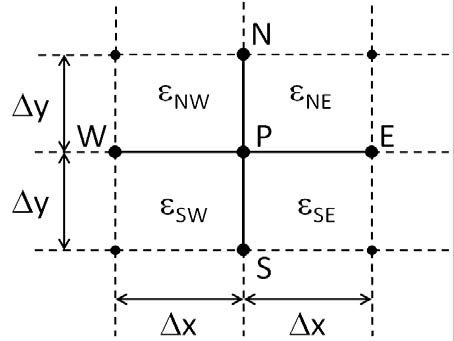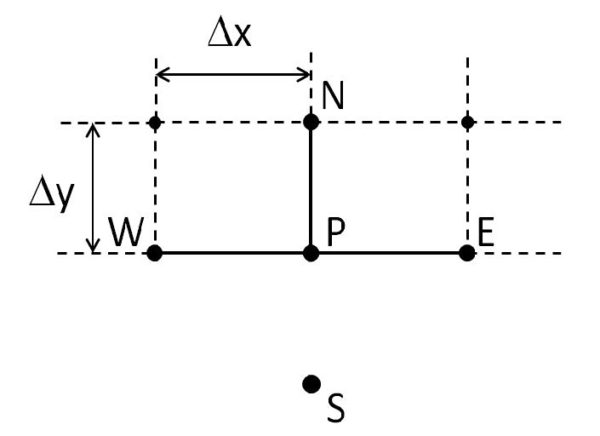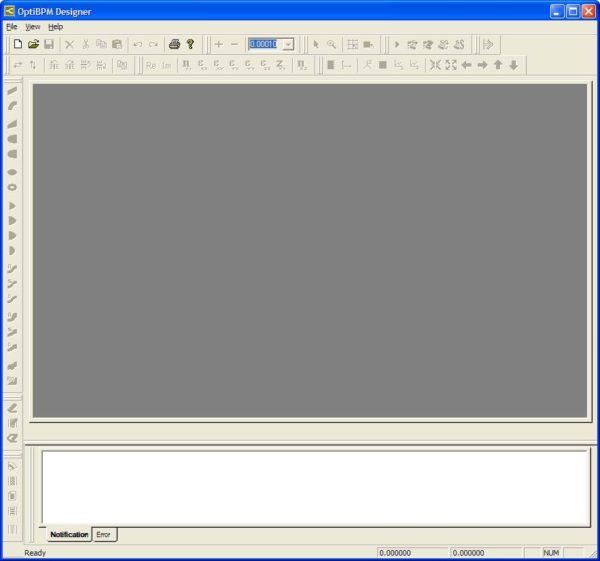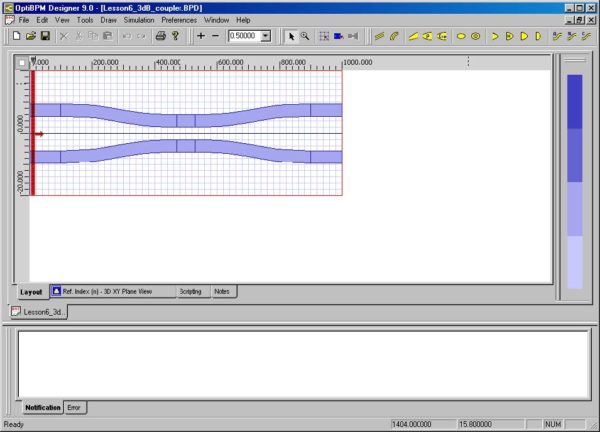Dispersion Equation

The matrix to describe the whole multilayer can be written as one 4×4 matrix, the product of all layers, one layer of which is shown in (21). The dispersion equation is usually constructed by setting the determinant of this 4×4 matrix product to 0, but this is not a good choice from the numerical point of…
LP Modes

Linearly Polarized modes can be found with the same style of approach as above, by a transfer matrix analysis of multilayer fibers.In the LP analysis, the initial excitation is assumed to have a linear polarization, and so a modal analysis supporting only one field component is used. It can be shown this is a good…
References
[1] K. Okamoto, Fundamentals of Optical Waveguides, (Academic Press, San Diego, 2000). [2] C. Tsao, Optical Fibre Waveguide Analysis, (Oxford University Press, 1992), Part III [3] C. Yeh and G. Lindgren, “Computing the propagation characteristics of radially stratified fibers: an efficient method”, Applied Optics 16(2) p483-493 (1977) [4] J. Chilwell and I. Hodgkinson, “Thin-films field-transfer matrix…
Introduction
This mode solver uses a magnetic field based formulation of the difference equations to convert the mode solving problem into a problem of finding eigenvectors of a large system of linear equations. The formulation is due to Lüsse [1]. Once the linear system is found from this formulation, the modes can be found by finding eigenvectors, and…
Magnetic Formulation
Inside a dielectric, the time independent Maxwell curl equations with a positive time convention ( ejωt ) are and the divergence equations are In the magnetic formulation, the electric field is eliminated from (1) by taking the curl of the second equation and substituting from the first. For regions of constant permittivity ε , there are no gradients of ε ,…
Magnetic Finite Difference Equations

In order to reduce the partial differential equation into difference equations for solving, a mesh needs to be defined and applied. The mesh used is shown in Fig. 1 below. It shows a sample of the mesh at a point P that is not on one of the calculation window boundaries. The magnetic fields are defined…
Implicitly Restarted Arnoldi Method (IRAM)
The repeated application of (10) for every node, and the application of a similar equation for hy leads to an eigenvector problem of a large system of linear equations. The Finite Difference Mode Solver uses the Implicitly Restarted Arnoldi Method as described in Ref. [2] to find the eigenvectors of this system, and thereby find the modes of the waveguide.…
Transparent Boundary Condition (TBC)

The equation (10) applies to nodes inside the mesh. Nodes on the boundaries need a different formula because at least one of the N, S, E, or W nodes will be outside of the mesh and therefore not included in the calculation. The situation for a node on the South boundary is illustrated in Fig.…
References
[1] P. Lüsse, P. Stuwe, J. Schüle, H-G Unger, “Analysis of Vectorial Mode Fields in Optical Waveguides by a New Finite Difference Method”, Journal of Lightwave Technology, 12(3), p 487-493 (1994) [2] R.B. Lehoucq, D.C. Sorensen, C. Yang, “ARPACK User’s Guide”, SIAM (1998)
Before Installation
Before installing OptiBPM, ensure the system requirements described below are available. Hardware and software requirements OptiBPM requires the following minimum system configuration: • Microsoft Windows Windows XP with Service Pack 3, Vista or Windows 7 • PC with Pentium 4processor or equivalent • 1 GBof RAM (recommended) • 400 MB free hard disk space • 1024…
Installation
OptiBPM can be installed on Windows XP, Vista or Windows 7. We recommend that you exit all Windows programs before running the setup program. Installing OptiBPM on Windows XP, Vista or Windows 7 To install OptiBPM on Windows XP, Vista or Windows 7, perform the following procedure. Step Action 1 Log on as the Administrator,…
Introduction to OptiBPM
OptiBPM is a powerful, user-friendly software system that enables you to create designs for a variety of integrated and fiber optics guided wave problems on your computer. Beam Propagation Method (BPM) is a step-by-step method of simulating the passage of light through any waveguiding medium. An optical field can be tracked at any point as it…
Introduction to Optical Waveguides
What are optical waveguides? Optical waveguides are the key elements of photonic devices that perform guiding, coupling, switching, splitting, multiplexing and demultiplexing of optical signals. Passive waveguides, electrooptic components, transmitters, receivers, and driving electronics can be integrated into one chip using planar technology, similar to microelectronics. Although the operation of waveguide devices is well researched…
Quick Start

This section describes how to create a design, run a simulation, view the simulation results, and save the design project. The settings and values used here are for this quick start only. When you create real-life projects, use the settings and values that you require. OptiBPM consists of the following applications: • OptiBPM Layout Designer • …
GUI Main Parts

The OptiBPM GUI consists of the following main parts (see Figure 2): Main layout: Contains all of the menus and toolbars that you need to create a project. Project layout: Opens in the main layout. You can add and edit waveguides, insert the input plane, and adjust the look of the layout grid and the…

